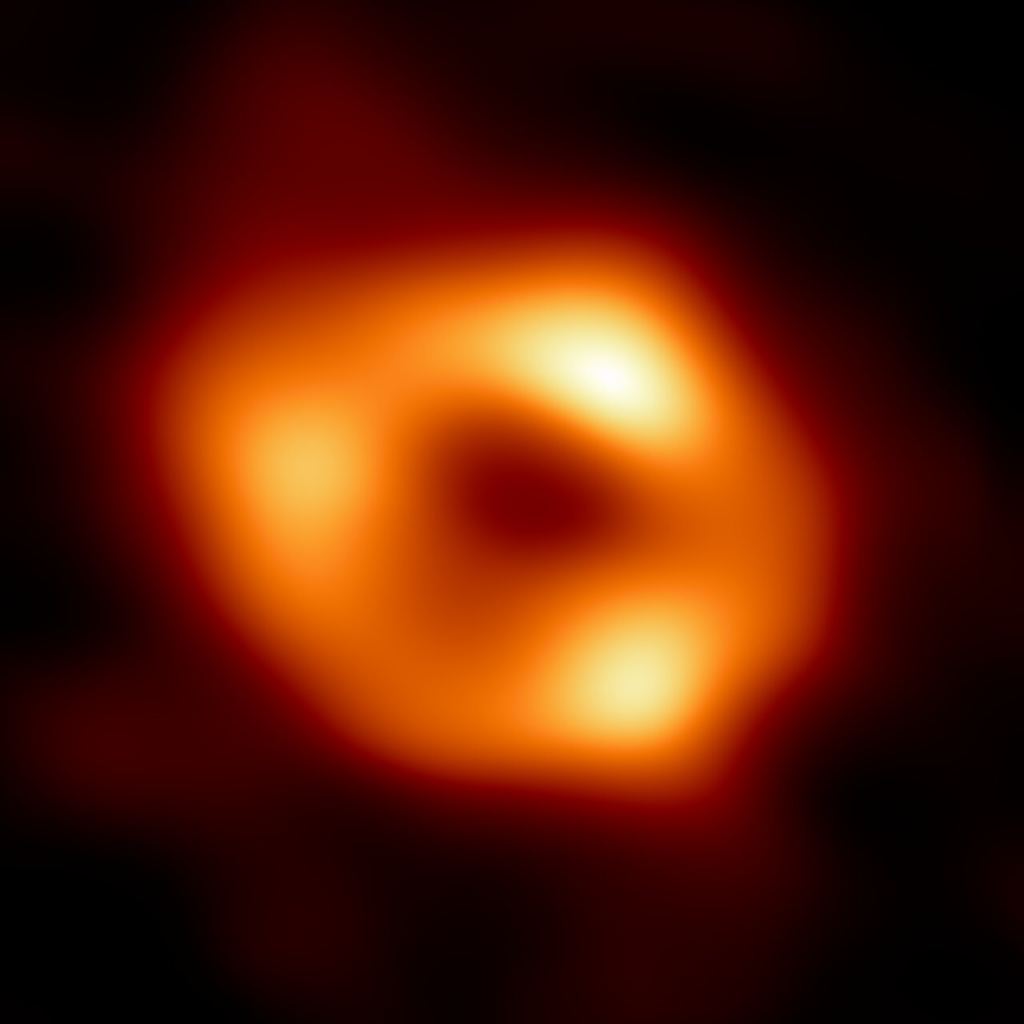It’s notoriously difficult to take a picture of a black hole. But when they are surrounded by material we have an opportunity to witness the hole carved out by the event horizon. But what we see in the famous images of black holes isn’t the event horizon itself, but a magnified and enlarged version known as the shadow.
No light can escape the surface of a black hole, a boundary which is known as the event horizon. Because of that simple fact black holes make for frustratingly difficult astronomical targets. They emit no radiation of their own (except for the possibility of the exotic quantum process known as Hawking radiation, but that is far too feeble to be meaningful).
Plus, they don’t reflect or refract any surrounding light, so we can only detect them based on their influence on their surroundings. The most common way to do this is to search for accretion discs, which are rings of material surrounding a black hole consisting of matter flowing into the event horizon. As the matter approaches the black hole, it heats up and glows with intense high energy radiation.
We have been able to observe accretion discs around black holes of all sizes, from stellar mass black holes in our galactic neighborhood to the supermassive black holes sitting in the hearts of galaxies. We’ve also been able to observe the gravitational waves emitted when black holes merge together, and watch as stars orbit around central, unseen centers of gravity. But starting a few years ago the Event Horizon Telescope has been able to provide a new view of black holes by directly imaging the material in the environment of two supermassive black holes, one in the Virgo galaxy and one in our own.
The images show a ghostly glow surrounding a void of complete nothingness. That void of complete nothingness is indeed the black hole, but the black hole itself is far smaller than the hole suggests. What we are actually observing in the gap in the images is known as the shadow.
The shadow itself is caused by two things. One, there must be an event horizon to create a shadow. The event horizon absorbs any light emitted by objects behind the black hole, preventing that light from reaching us.
The first ever actual image of a black hole, taken in 2019. Credit: Event Horizon Telescope Collaboration But the black hole itself has such an extreme amount of gravity that it can bend and magnify background images. This causes the shadow to appear much larger than the event horizon itself due to this magnification effect.
This means that if you were to closely approach a black hole, it would appear far larger than it truly is. In essence, because of the extreme bending of space-time, you can see further around the black hole than you could around a star or a planet. It’s as if the sphere of the black hole gets unfolded in front of you allowing you to see a more of it.
The properties of the shadow are directly connected to the properties of the black hole itself, especially its mass and its spin rate. There is no other astrophysical object that can create a shadow like this, and so the Event Horizon Telescope images provide direct evidence for the existence of black holes. Plus they make for exquisite tests of the general theory of relativity, because it’s through that language that we understand the nature of shadows.
The post How do Black Holes Make a Shadow? appeared first on Universe Today. .
From: universetoday
URL: https://www.universetoday.com/160283/how-do-black-holes-make-a-shadow/



